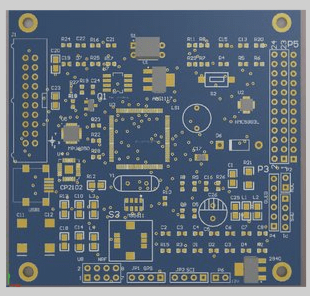Understanding Halogen-Free PCBs
When exploring different types of Printed Circuit Boards (PCBs), you’ve likely come across the term “Halogen-free PCBs.” But what exactly are they, and why are manufacturers gravitating towards them?
What Are Halogen-Free PCBs?
Halogen-free PCBs are circuit boards that do not contain halogen elements like chlorine, bromine, fluorine, iodine, and astatine. These elements, known for their harmful effects on living organisms, are restricted to levels below 900 parts per million of chlorine or bromine and a total of less than 1500 parts per million of all halogen elements to be classified as “Halogen-free.”
The Importance of Halogen-Free PCBs
Halogen elements, especially chlorine and bromine, are commonly used as flame retardants in traditional PCBs like FR4 and CEM3. However, when these PCBs are burned, they emit toxic gases that pose health and environmental risks. To address this, regulations like RoHS have banned certain halogenated flame retardants in electronic products to promote safety and environmental protection.
Advantages of Halogen-Free PCBs
- Enhanced flame retardancy
- Improved insulation resistance and breakdown voltage
- Higher glass transition temperature (Tg)
- Lower coefficient of thermal expansion (CTE)
- Reduced water absorption for potentially increased reliability
Transition to Halogen-Free PCBs
With a focus on sustainability, the electronics industry is moving towards PCBs that do not contain halogenated chemicals. Instead, phosphorus-nitrogen compounds are being utilized for their flame retardant properties, enhancing safety and reducing environmental impact.
Final Thoughts
By adopting Halogen-free PCBs, manufacturers are not only meeting regulatory requirements but also improving the safety, reliability, and performance of electronic products. To learn more about this topic and stay informed, continue reading below.



